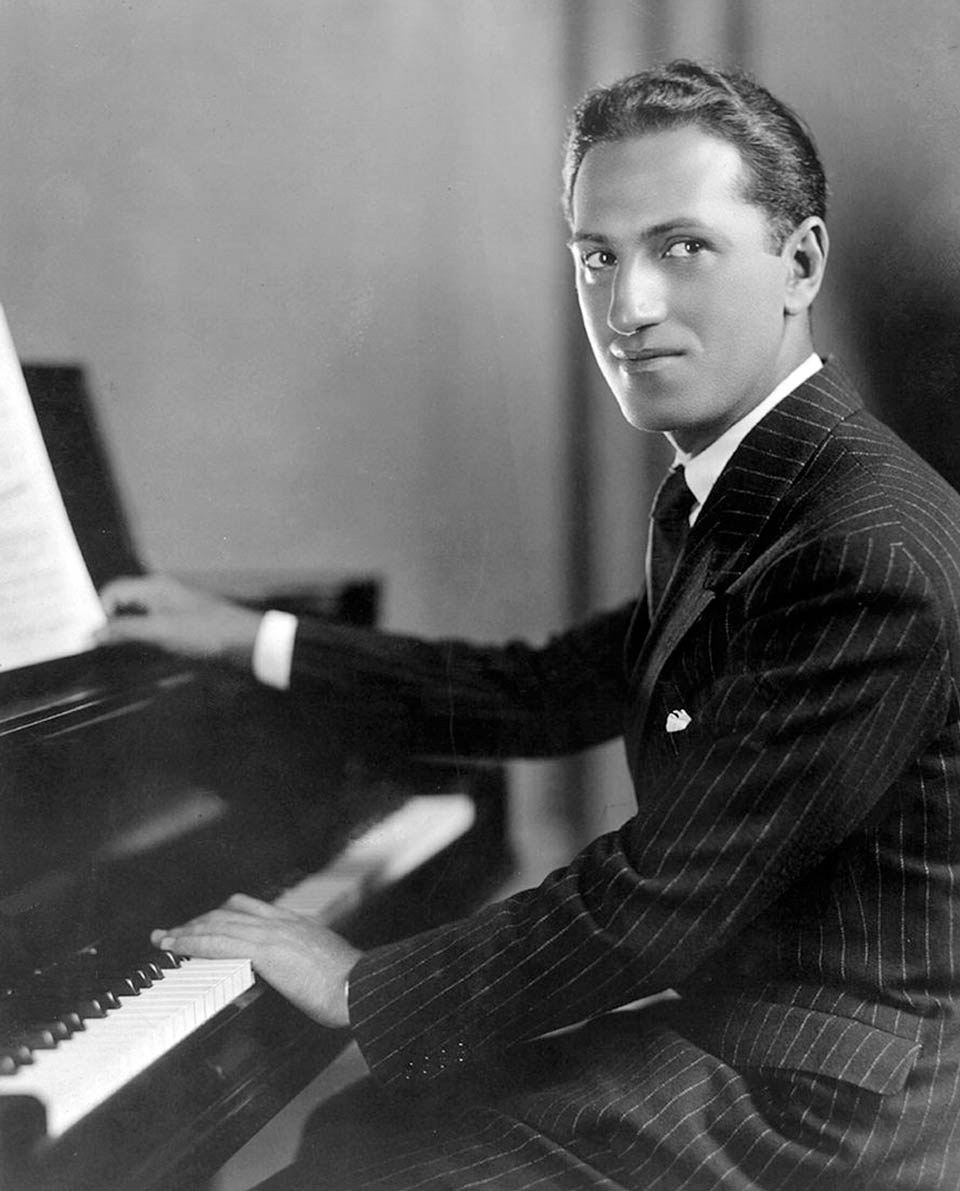
It was snowing in Manhattan on Tuesday, 12th February1924, as a large enthusiastic crowd assembled at New York’s Aeolian Hall. Among them were composers, conductors, impresarios, popular singers, stars of the opera and ordinary concert goers. Some of the most influential figures of the era were present, including violinist Fritz Kreisler and conductors Walter Damrosch, Leopold Stokowski and John Philip Sousa who was aged seventy at the time. Even Igor Stravinsky showed up. The atmosphere was evidently a hubbub of anticipation. The eclectic crowd had come to hear a concert given by Paul Whiteman and his Orchestra. The concert was entitled, somewhat self-consciously “An Experiment in Modern Music”.
Paul Whiteman had become so successful as a band leader that by 1923, he had acquired the moniker “The King of Jazz.” This was something of a misnomer because his orchestra purveyed a variety of manicured “sweet jazz” which was aimed at white middle-class consumers and far removed from the raucous, untamed traditional jazz of New Orleans. In the early years of the 20th century, Paul Whiteman had played viola in both the Denver and San Francisco Symphony Orchestras. As a band leader he gained considerable attention, though some musical colleagues considered him an arrogant, egotistical and bigoted boor.
“An Experiment in Modern Music” attracted enormous attention. It was intended to be educational and the concert was divided into eight sections in an attempt to portray jazz music; past, present and future. The concert also included light pieces by various composers including A Suite of Serenades by Victor Herbert. Some of the music in the first part of the programme wasn’t well received and members of the audience became disgruntled and restless. Many were seen making a discreet departure long before the concert was over. In so doing, they missed the most significant work on the programme.
Gershwin’s Rhapsody in Blue was commissioned by Whiteman, who had worked with the composer on previous occasions. Whiteman wanted a “concerto-like” piece for piano and orchestra to be played at the “experimental” concert. But there seemed to have been a misunderstanding. Legend has it that Gershwin realised that he was expected to write a concerto just five weeks before the concert. Not surprisingly, he started work immediately. It was unlike anything the 26-year-old composer had written before. Because Gershwin needed to travel to Boston for the opening of his latest musical, the main theme of Rhapsody in Blue was written on the train from New York.
I have Gershwin’s original manuscript on the screen in front of me. It was clearly written in haste – roughed out in pencil on regular 12-stave music paper. He used two staves for the “jazz band” and two more for the piano part. The band part is rather sketchy and there are numerous scribbled deletions. Gershwin didn’t have time to complete the piano part and while some bars are written in full, many others are empty. His ambitious plan for the concert was to play some of it from memory and improvise the rest.
George Gershwin (1898-1937): Rhapsody in Blue (original 1924 version). Michael Tilson Thomas (pno, cond.) members of the New World Symphony Orchestra. (Duration: 17:26; Audio only: 1080p)
Gershwin didn’t have orchestration experience and the task was given to Whiteman’s brilliant pianist and arranger Ferde Grofé. It must have been a challenge to work from Gershwin’s sketchy hand-written score and Grofé was clearly the unsung hero of the work. This performance is a revelation, because it uses Grofé’s original score for the Paul Whiteman’s Orchestra, which was technically a jazz band plus eight violins and a couple of French horns.
The opening notes are unmistakable: a low clarinet trill followed by the characteristic “slide” up the top note. In the original score, Gershwin wrote the trill and then a chromatic scale up to the top note. However, at the rehearsals, clarinetist Ross Gorman thought it would be fun to play the scale as a glissando. Gershwin loved the effect and asked Gorman to do the same at the concert, with as much of a “wail” as possible. It has remained in the score ever since. Listen out for the start of the lovely second main theme (at 10:57) and the gorgeous downward portamento in the melody. The work was an instant hit and brought tumultuous applause. By the end of 1927, Whiteman’s orchestra had performed Rhapsody in Blue over eighty times, and its recording had sold a million copies.
Ferde Grofé made several arrangements of the piece but in 1942, he made his final arrangement of the iconic work: this time for piano and full symphony orchestra. It destined Rhapsody in Blue to become a modern classic and this is the version that is usually played today. It retains all the essential elements of the original, but the orchestration has been considerably refined and retains the saxophones from the earlier versions.
These fine Austrian musicians give a joyful performance and the phenomenal Yuja Wang brings touches of whimsy and playfulness to the music which I’ve not heard in other versions. But she brings out all the drama too, powerful percussive playing contrasting with gentle lyricism and fleeting moments of pure magic. The second main theme (at 10:24) is incredibly moving – rarely have I heard it played with such warmth and exquisite tenderness.





